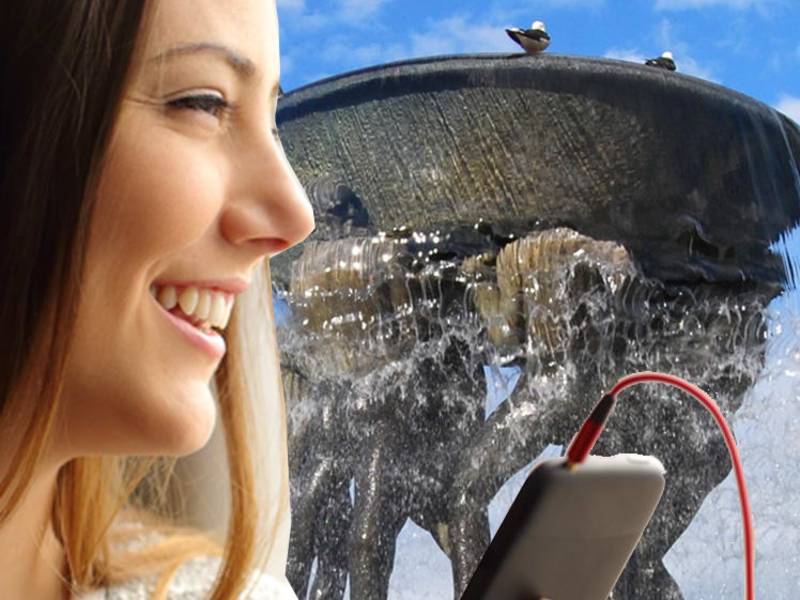
OSLO Vigeland Sculpture Park
Provided by:
Hop On

Click "DOWNLOAD" and "START" to open the map. You may use the Free Wifi onboard. Wifi: HoponWifi / Password: Hopon12345. Just follow the map and remember to hop on the bus again.
Audio guides available in:
English (British), Norsk bokmål, Deutsch , Français, Español, Italiano